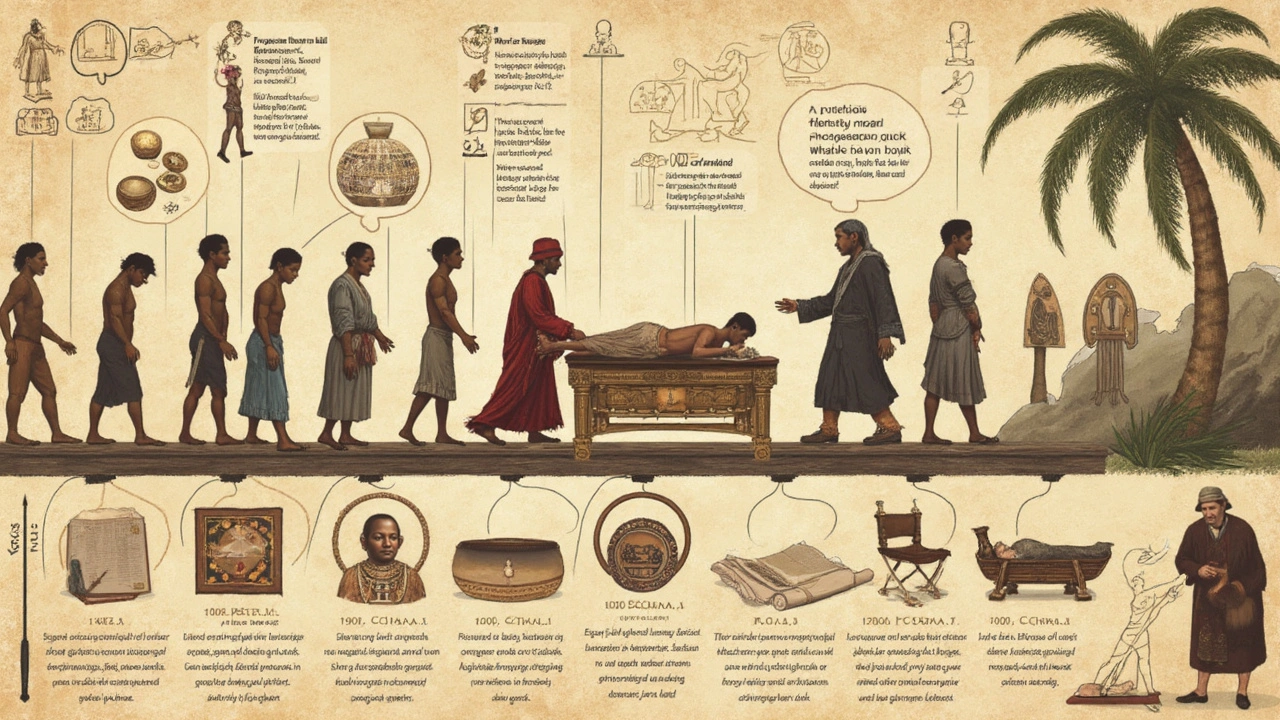Massage Profession: What It Is, How to Start, and Where It Can Take You
Thinking about becoming a massage therapist? You’re not alone. More people are looking for hands‑on healing jobs, and the massage field offers clear steps to get there. Below you’ll find the basics – what you need to learn, how to get certified, and what the work life actually feels like.
Training and Licensing Made Simple
First up, training. Most schools require 500‑900 hours of classroom and hands‑on work. That covers Swedish, deep tissue, sports, and basic anatomy. You’ll spend a few weeks practicing on real clients, learning how to read muscle tension and adjust pressure.
After you finish school, you’ll take a state‑required exam. In England, the Register of Massage Therapists (RMT) handles the paperwork. The test checks your knowledge of anatomy, safety, and professional ethics. Once you pass, you’re officially a licensed therapist and can start booking clients.
Career Paths and Earnings
With a license in hand, options open up fast. You can work in a spa, join a sports team, or offer mobile outcall services. Many therapists also specialize – think lymphatic drainage, prenatal massage, or even Indian head massage – which can boost rates.
Average earnings vary by location and skill level. In London, a full‑time therapist typically makes £30‑£45 per hour, while specialists can charge £60 or more per session. If you run your own business, you control pricing, schedule, and client base, but you also handle taxes, insurance, and marketing.
Looking ahead, the job market is growing. More employers recognize massage as a preventative health tool, not just a luxury. That means more full‑time positions in gyms, hospitals, and corporate wellness programs.
Ready to start? Here are three quick steps:
- Find an accredited school near you – check reviews and success rates.
- Enroll, complete the required hours, and practice on friends or classmates.
- Pass the licensing exam, then decide if you want to join a clinic or launch your own service.
Remember, the biggest factor in a successful massage career is how well you connect with clients. Good communication, consistent pressure, and a clean workspace go a long way. Ask for feedback after each session – it helps you improve fast.
Want to stay ahead? Keep learning. New techniques like myofascial release or dry needling keep the field fresh, and most clients appreciate a therapist who stays updated.
So whether you’re a fresh graduate or an experienced bodyworker looking to add a new skill, the massage profession offers a clear path, decent pay, and the chance to help people feel better every day. Start with a solid training program, get licensed, and watch your career grow.
History and Evolution of the Massage Therapist Profession: From Ancient Roots to Modern Practice
Explore how massage therapy started centuries ago and evolved into the respected profession we know today. This article covers not just the highlights of its history but also how it grew through different cultures and ages. Learn about the benefits, modern types, and how to find the best services near you. Get practical tips for your first session, including what to expect and how much it might cost. Whether you’re curious about ancient healing or ready to book, you’ll find it all here.
VIEW MORE
